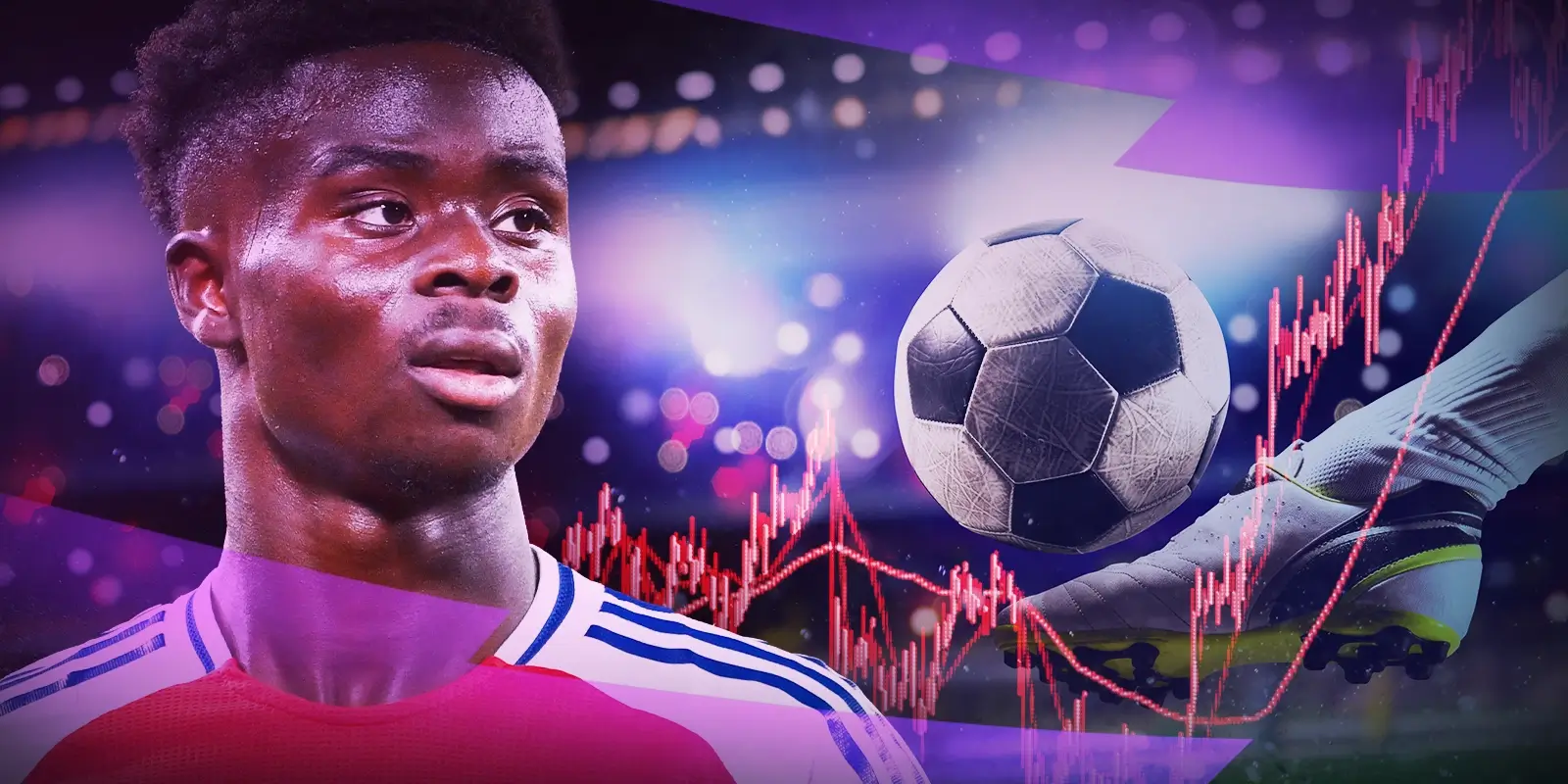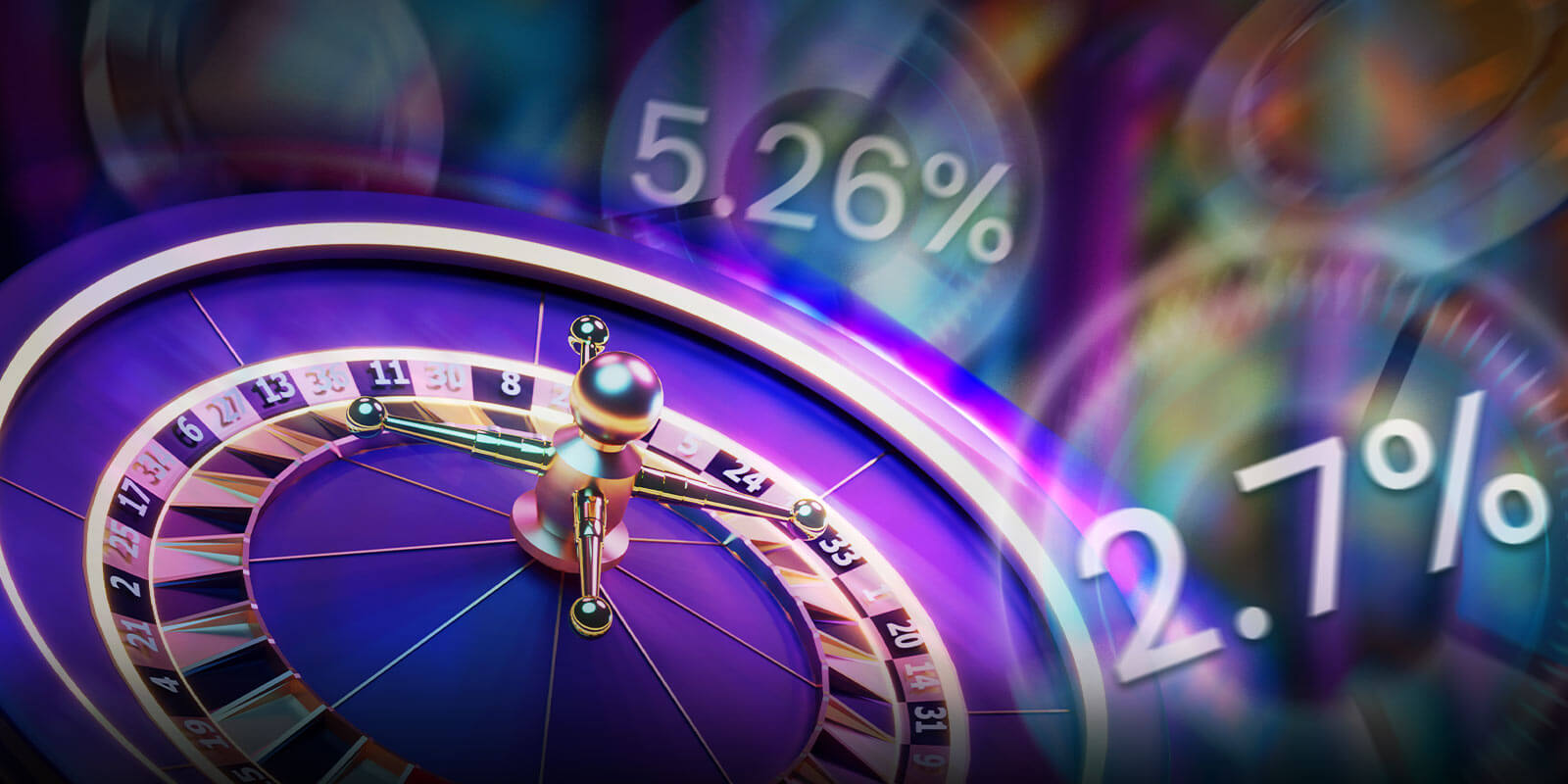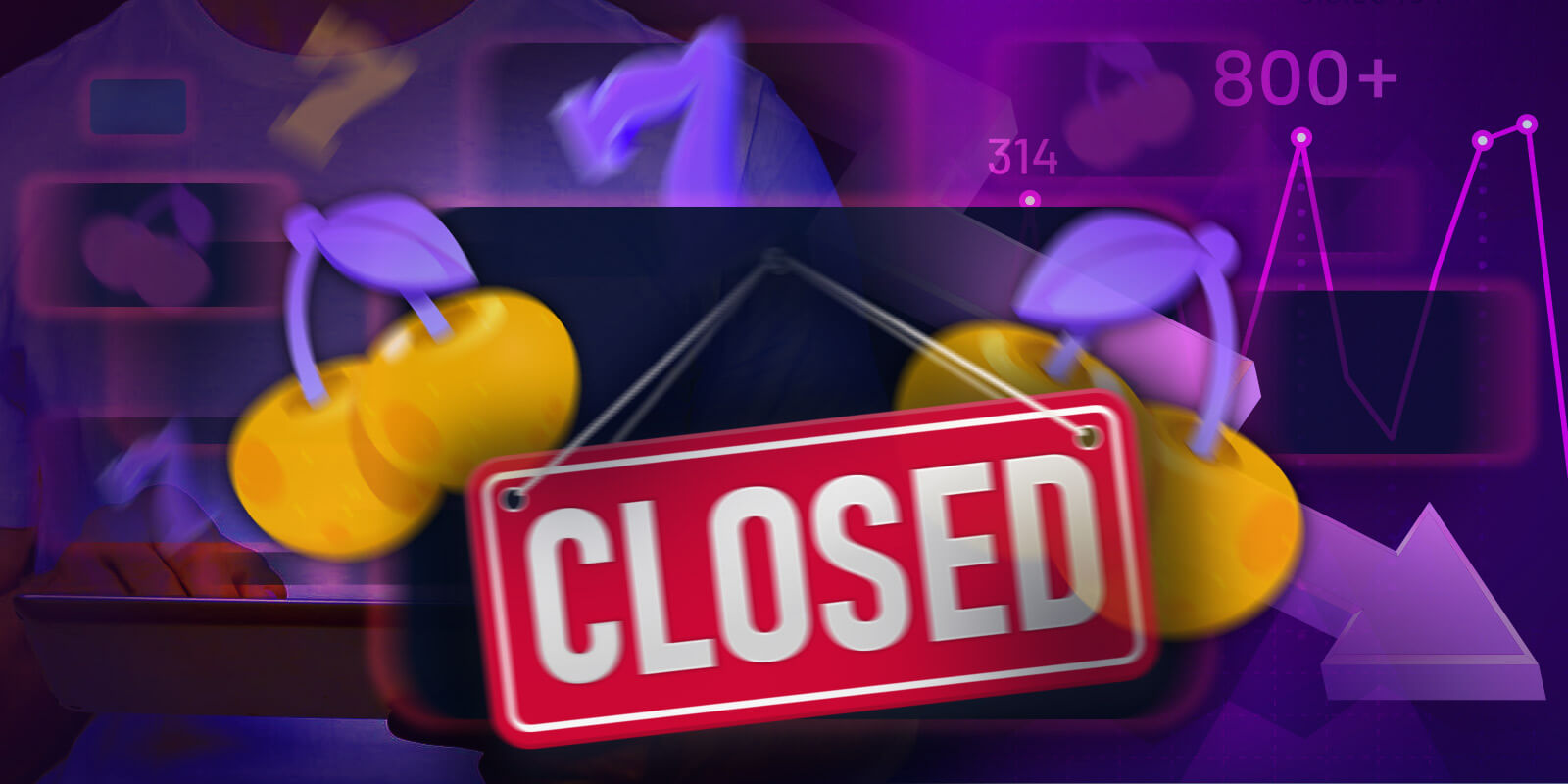The Back-End of a Free Spins Campaign: How We Used to Plan a Launch

Affiliate Disclosure : We earn a commission from partners links on BetterGambling. Commissions do not affect our editors' reviews, recommendations, or ratings.
Ever wondered what really goes into those free spins offers you get? Behind every campaign is a strategic process driven by business goals, not generosity. From selecting the right game to calculating bonus caps and timing the perfect send-out, here’s a look at how free spins campaigns are typically planned, and how some of us used to take part in them.
- Where It Starts: The Real Reason a Free Spins Campaign Gets Greenlit
- Choosing the Game: Why It’s Always Starburst (or Something Just Like It)
- How the Bonus Cap Is Decided Before You Ever See It
- Player Segments, Triggers, and Timing: Who Gets the Offer and When
- The Conversion Funnel: What the Campaign Is Really Meant to Achieve
- Internal Metrics: How Success Is Measured (Hint: It’s Not Your Win Rate)
- Testing, Adjusting, Repeating. How Campaigns Evolve Behind the Scenes
Where It Starts: The Real Reason a Free Spins Campaign Gets Greenlit
Most free spins no deposit offers in the UK do not come from generosity, but necessity. They are business solutions, not player rewards. Marketing teams analyze user data to identify segments where engagement is reducing, and design campaigns are created to reactivate these players.
I recall a statement from the Head of Acquisition of a brand I was working for last year. “We need a 15% boost in new depositors by month-end or we miss our quarterly targets,” he said.
This led to an emergency marketing meeting that launched our most successful free spins campaign for that brand. In this case, the specific triggers were:
- A competitor had just launched a 200% deposit match that was pulling our traffic
- Our CPA through PPC channels had risen to £127 (£42 above target)
- Q3 new depositor projections were tracking 12.4% below forecast
In the planning document, the section titled “Player Value” was actually about player value to us, not value to the player. This shows you where free spins campaigns come from.
Choosing the Game: Why It’s Always Starburst (or Something Just Like It)

From the meeting mentioned earlier, we established a very specific financial model. Our CFO required:
- Maximum bonus liability of £7.50 per player
- Conversion-to-deposit rate of a minimum of 22%
- Positive ROI within 14 days
To achieve this, we had to select the best games. Our selection process followed our standard “CRVL” framework:
- Conversion Rate: Historical data on free-to-deposit conversion
- Return Volatility: Statistical distribution of potential outcomes
- Visual Engagement: UI/UX metrics on session extension
- Liability Profile: Mathematical risk assessment
Here’s a sneak peek of the internal evaluation matrix used for the final game selection. See how Starburst and other similar slots become a top pick for free spins campaigns.
| Game | Technical Reliability | Payout Rate | Volatility | Session Duration | Provider Cost-Share | Overall Score |
|---|---|---|---|---|---|---|
| Starburst | 99.7% | 96.1% | Very Low | 7.2 min | 30% | 8.2 / 10 |
| Book of Dead | 99.5% | 94.2% | Medium | 11.6 min | 40% | 9.1 / 10 |
| Gonzo’s Quest | 96.2% | 95.97% | Medium | 9.8 min | 25% | 6.7 / 10 |
| Wolf Gold | 99.6% | 96.01% | Medium-High | 8.4 min | 0% | 7.6 / 10 |
These games are favourites because:
- Their technical reliability met the minimum limit
- Their payout rates hit the “sweet spot” in the company’s evaluation matrix
- Medium volatility provided what internal documents called “the ideal win-frequency curve”. That means players get wins often enough to feel rewarded, but not so frequently that they will feel satisfied quickly and leave.
- The average session duration matched the target engagement window for transition to real money play.
- The providers usually agree to subsidise the campaign cost.
In our simulation models, only 2.3% of players would win more than £30 from their free spins, while 72.4% would win something but less than £10 (insufficient for withdrawal).
As the CFO had put it in the planning meeting: “Starburst gives players just enough dopamine to want more, but rarely enough to cash out happily.”
How the Bonus Cap Is Decided Before You Ever See It
Before launching, campaigns undergo rigorous financial modelling. Analysts simulate thousands of spins to predict potential payouts, ensuring the campaign remains within budget.
For instance, offering 50 free spins with a maximum win cap of £5 ensures that while players feel rewarded, the casino’s exposure is limited.
For our campaign, the maximum win cap went through three specific calculation phases:
- Expected Value Calculation: £2.88
- Volatility Modelling: 68.4% of players would win less than £5, 24.7% would win between £5-£20, 5.6% would win between £20-£50, and 1.3% would win over £50.
- Limits Determination: £45.71. We rounded to £50 for marketing simplicity.
This limit allowed 98.7% of statistical outcomes while protecting against the 1.3% of simulations where players would win significantly more.
Player Segments, Triggers, and Timing: Who Gets the Offer and When
Every online casino bonus in 2025 has a target market, be it country, age group, or spending pattern. In the bonus design committee, there’s even a mention of numbers. For example, our campaign targeted at least 50,00 players across four specific segments:
- New Registrations (Non-Depositors): players who registered within the last 30 days, completed their profile, but hadn’t deposited. We sent them a bonus notification via Email and SMS at 6:30 pm local time (our data showed that this was the peak consideration window).
- Lapsed Depositors: players who had deposited 1-3 times but not played in 30+ days. Delivery through email on Thursday and SMS on Friday at 4:30 pm (pre-weekend activation). On-site notification worked well when the bonus balance dropped below £2.
- Active Non-Depositors: those who are actively playing with previous bonus funds but never deposited.
- Players registered on Competitor Sites: those identified via our affiliate tracking as also playing at competitors. Here, we sent them an email with a subject line mentioning that offers from any other brand were less valuable.
The data science team had identified specific “deposit consideration windows” based on past player behavior patterns. For example, we identified that sending free spin offers to users inactive for 10-14 days resulted in a 15% reactivation rate.
The campaign delivery system also used adaptive response mechanisms:
- If a player didn’t open the email within 4 hours, an SMS follow-up was triggered
- Players who claimed but didn’t use their spins within 12 hours got a reminder notification
- Players who exhausted all free spins were immediately presented with a deposit offer.
We even A/B tested delivery timing, finding that Thursday/Friday delivery produced 22% higher conversion than Monday/Tuesday for identical offers. That’s what happens behind the curtain.
The Conversion Funnel: What the Campaign Is Really Meant to Achieve
As brutal as the truth is, free spins are not for your entertainment only. The goal of every free spin campaign is to transition players from free to paying users. Each element is optimised for funnel progression:
- The short expiration period creates urgency.
- The game’s low volatility ensures most players would have near-miss experiences and therefore continue playing.
- The win limit remains visible during play to create a target.
- After spinning, the system directs you to “Popular games similar to Starburst,” where you can spend and lose as much.
Each stage is designed to incrementally increase the player’s commitment and likelihood of depositing. Back then, the real-time dashboard displayed not player winnings, but conversion metrics. The campaign control room literally had a large monitor showing the deposit conversion rate updated every 15 minutes, with alerts if it dropped below 20%.
Internal Metrics: How Success Is Measured (Hint: It’s Not Your Win Rate)
Success isn’t measured by player winnings but by metrics such as:
- Reactivation Rate: Percentage of dormant users who became active.
- Conversion Rate: players who claimed the free spins offer and later made a deposit.
- Average Revenue Per User (ARPU): Revenue generated per engaged user.
These KPIs help determine the campaign’s ROI and inform future strategies. Using the campaign mentioned above as an example, it was deemed highly successful despite some concerning metrics that were not highlighted in the final report. These were:
- 75.7% of players never made a deposit
- The average player loss was £38.20 (for those who deposited)
- Only 0.7% of players hit the maximum win cap
- 42% of depositors had depleted their funds within 48 hours
One of the most important factors was what we internally called “bonus-to-deposit leverage” – how much deposit value we generated per pound of bonus value given. For this campaign, we got £7.20 in deposits for every £1 in free spins value.
Testing, Adjusting, Repeating. How Campaigns Evolve Behind the Scenes
Casinos constantly monitor the performance of free spins campaigns to know what works better than the other, and what doesn’t work at all. From the findings, they can make adjustments where needed or continue using what gave the best results.
In our campaign, the most important lesson came after we looked at the results. We found that players who won between £8 and £15 from their free spins were the most likely to deposit (32.4%). If they won less, they felt let down. If they won more, they were happy and just withdrew the money.
After learning this, we changed our next campaign. We picked games that were exciting enough to keep players interested, but not so generous that they wouldn’t want to deposit.
In short, every part of a no deposit bonus with free spins campaign is planned to help the business while still giving players just enough fun to make them want to play more with their own money.
The next time you receive a free spins offer, remember that it exists to convert your attention into deposits. That doesn’t mean you can’t enjoy it or even find value. Once you understand how they work, you have the power to engage on your own terms.




